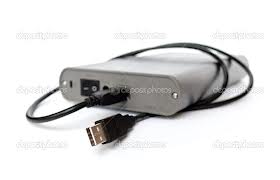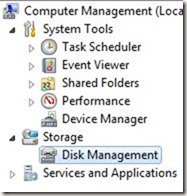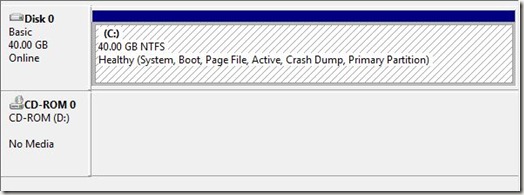In most cases, the issue of external hard drive not recognized is caused by mechanical faults. The three common reasons why a hard drive may not be recognized are;
• Power and data cable displacements
• Issues relating to drive partition in disk management
• Hard drive status.
You can troubleshoot problems relating to external drive along these three main areas.
STEP 1: Troubleshoot by checking the Power and Data Cable
• Make sure the power cable is perfectly connected with the external hard drive and the sockets especially when you are using a desktop computer.
• Connect the external hard drive directly to your PC or laptop and don’t connect it via a USB hub and check that the power adapter is correctly connected to a wall outlet.
• Make sure the power and data cable are directly connected to the computer
• If your external hard drive comes with a Y-cable, make sure the external drive is getting the appropriate power by using both USB connectors.
• Use the USB ports at the back of your computer if you are connecting to a PC. Do not use USB ports located on keyboards, monitors and PC’s front to troubleshoot for this purpose.
• Use a different USB port for troubleshooting if the external hard drive not recognized issue persists.

STEP 2: Troubleshooting by checking the external drive Partition in Disk Management
Another way of troubleshooting the problem associated with external hard drive not recognized is to check the drive partition in Disk management. Though, the external hard drive may not be visible on the desktop screen or “My computer’ folder but you can check its availability in the disk management.
• Right click on “my computer” and from the menu, select “Manage”
• Select ‘disk management” from the “computer management” window you get after clicking on “Manage”, and check to see if the external hard drive is visible on the disk management. If you find the drive here, look for the partition it is located in – it should be labeled “FAT 32” of NTFS if it is in the disk management.
• If the external hard drive is displayed as “RAW” or if the bar above the drive is indicated in Black, then the Partition is corrupted. The Partition has been corrupted also if you see a “unallocated” label.
• In order to make the external drive usable after the partition has been corrupted, you need to right click on the drive on the “disk management”, and click on “Delete partition”. After it has been deleted, right click on the drive again and select “Create partition” from the menu lists. A new primary partition will be created when you follow the steps on the partition wizard.
• The disk management will display the external hard drive in the new partition created. The drive should be in an NTFS partition.
Note: when you delete a partition during this troubleshooting procedure, you will lose the data on the drive especially when the partition is corrupt. You need to back up the data in this partition and on your external hard drive before troubleshooting in this manner.

Step 3: Checking Your External Hard Drive Status in the Device Manager
This is another way of troubleshooting on issues relating to external hard drive not recognized.
• Select “manage” after right clicking on “ my computer”, and select the “ device manager” from the menu lists created on the left after you select the ‘ Computer management’ window.
• Click on the {+} sign to expand the disk drives from the device list. There will be an automatic entry for your external hard drive if the drive has been detected by the system.
• If your external hard drive is not located in the disk drives then you can expand “other devices” category, and see if a space is created for an unknown device.
• select and right click on “unknown device” and choose “properties”.
• A general tab will show up after you select properties from “Unknown device”, this general tab will indicate “This device is not working properly” and this display comes with a “Code 10” or “Code 28”. Code 10 means there is a power issue that needs to be resolved while code 28 means there is a driver error issue that needs to be fixed. Try reconnecting the power supply to the external hard drive.
• In case a different power supply is not available, try and use a different USB port or connect it to another computer in order to verify the problem.
• If the problem persists, then expand the disk drive category in device manager and right click on the drive and choose “ uninstall”.
• Disconnect your external hard drive and reboot your computer, reconnect the hard drive when the computer has fully booted or restarted. Verify the issue by using another PC if the issue of external hard drive not recognized persist.



Leave a Reply